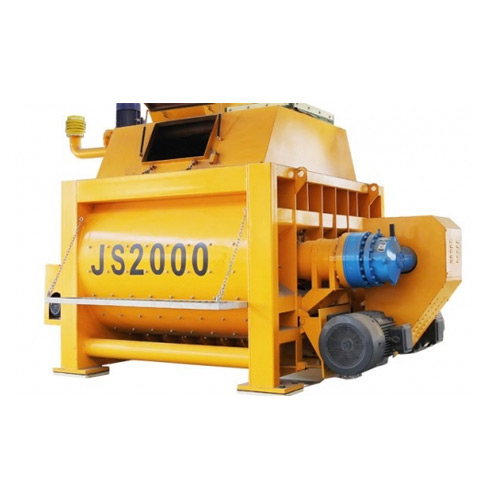Choosing the Best Evaporative Cooling Filter Pads for Maximum Efficiency and Comfort
Aug . 13, 2024 09:12 Back to list
Choosing the Best Evaporative Cooling Filter Pads for Maximum Efficiency and Comfort
Understanding Evaporative Cooling Filter Pads
Evaporative cooling is an efficient and eco-friendly method of cooling air, widely used in commercial and residential settings. One key component of this system is the evaporative cooling filter pads. These pads play a crucial role in the evaporative cooling process by facilitating the absorption of water and the subsequent evaporation that cools the air. This article will explore what evaporative cooling filter pads are, how they work, their types, and the importance of regular maintenance.
What Are Evaporative Cooling Filter Pads?
Evaporative cooling filter pads, often made from materials such as cellulose, glass fiber, or synthetic media, are designed to absorb water while allowing air to pass through. These pads are situated in evaporative coolers, also known as swamp coolers, which pull in warm air and push it through the wet pads. As the warm air passes through these pads, moisture evaporates, cooling the air before it enters the living or working space.
How Do They Work?
The basic principle behind evaporative cooling filter pads is simple when water evaporates, it absorbs heat from the air, leading to a reduction in air temperature. As warm air passes over the wet pads, the water in the pads begins to evaporate. This process requires energy, which is drawn from the air itself, thus lowering the air temperature. The cooled air is then dispersed into the environment, creating a comfortable indoor climate.
The efficiency of evaporative cooling systems, including the performance of the filter pads, depends on several factors, including the temperature and humidity of the outside air, the condition of the pads, and the airflow rate through the cooling unit. In dry climates, evaporative cooling can be particularly effective, as the low humidity allows for greater evaporation rates.
Types of Evaporative Cooling Filter Pads
There are several types of evaporative cooling filter pads available, each with its own advantages. The three most common types are
evaporative cooling filter pads

1. Cellulose Pads Made from recycled paper products, cellulose pads are highly effective at absorbing water and are ideal for moderate climates. They have a large surface area, allowing for maximum evaporation.
2. Plastic Pads These are often made from synthetic materials and are designed to be durable and resistant to degradation over time. Plastic pads are easier to clean and maintain but may not absorb water as effectively as cellulose pads.
3. Glass Fiber Pads Typically used in industrial applications, glass fiber pads are known for their longevity and resistance to chemical exposure. They provide consistent performance, making them suitable for environments that demand a high level of cooling efficiency.
Importance of Maintenance
To ensure optimal performance, regular maintenance of evaporative cooling filter pads is essential. Over time, these pads can become saturated with minerals and debris, reducing their efficiency. Regular cleaning or replacement of the pads helps maintain airflow and cooling capacity. It is generally recommended to inspect and replace pads at the end of each cooling season, or more frequently in areas with hard water, to prevent mineral buildup.
Moreover, proper maintenance extends the lifespan of the entire evaporative cooling system, reducing replacement costs and contributing to energy savings. A well-maintained evaporative cooler can provide significant energy savings compared to traditional air conditioning systems, making it an attractive option for both residential and commercial applications.
Conclusion
Evaporative cooling filter pads are integral components of effective evaporative cooling systems. Understanding their function, types, and maintenance needs significantly influences the efficiency of cooling systems, making it essential for homeowners and businesses to prioritize the upkeep of these critical components. By doing so, they can enjoy comfortable indoor climates while minimizing energy consumption and operational costs.
-
Hot Sale 24 & 18 Door Rabbit Cages - Premium Breeding Solutions
NewsJul.25,2025
-
Automatic Feeding Line System Pan Feeder Nipple Drinker - Anping County Yize Metal Products Co., Ltd.
NewsJul.21,2025
-
Automatic Feeding Line System Pan Feeder Nipple Drinker - Anping County Yize Metal Products Co., Ltd.
NewsJul.21,2025
-
Automatic Feeding Line System - Anping Yize | Precision & Nipple
NewsJul.21,2025
-
Automatic Feeding Line System - Anping Yize | Precision & Nipple
NewsJul.21,2025
-
Automatic Feeding Line System-Anping County Yize Metal Products Co., Ltd.|Efficient Feed Distribution&Customized Animal Farming Solutions
NewsJul.21,2025






